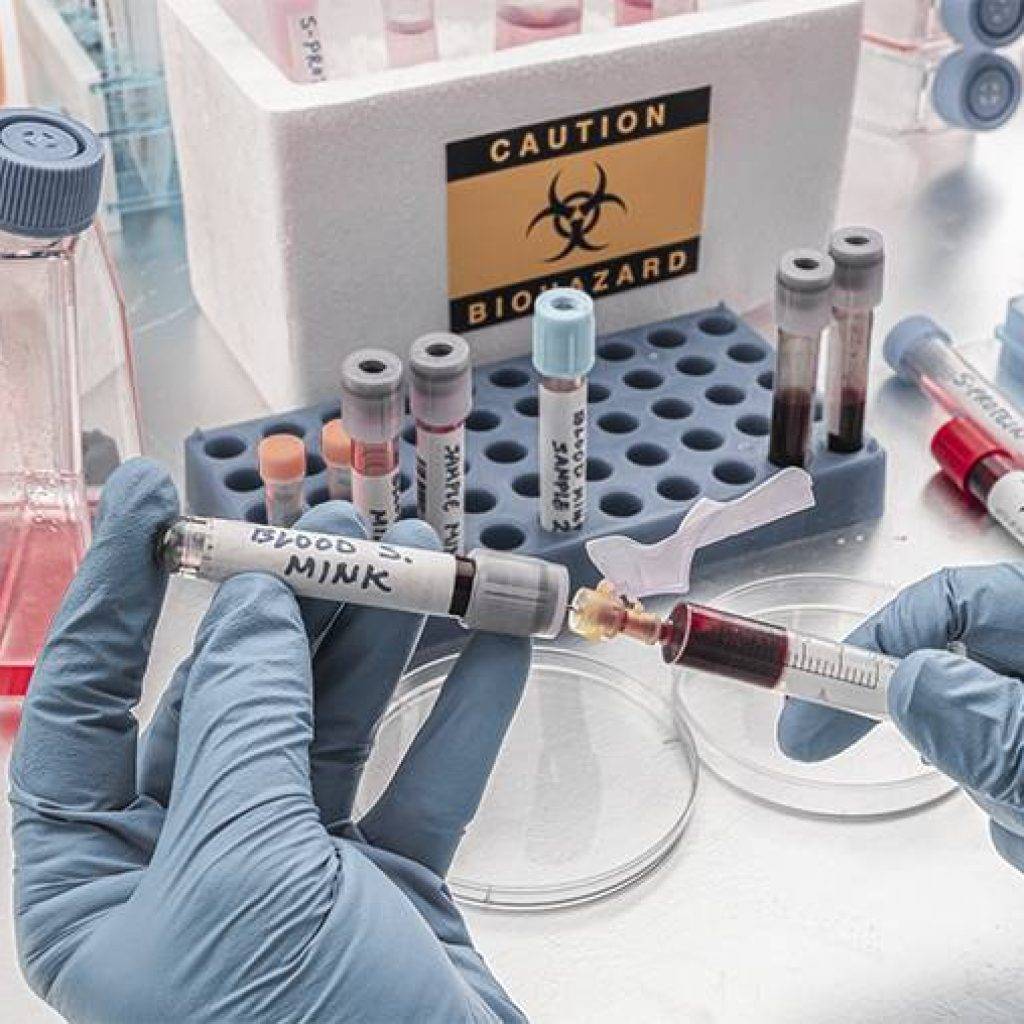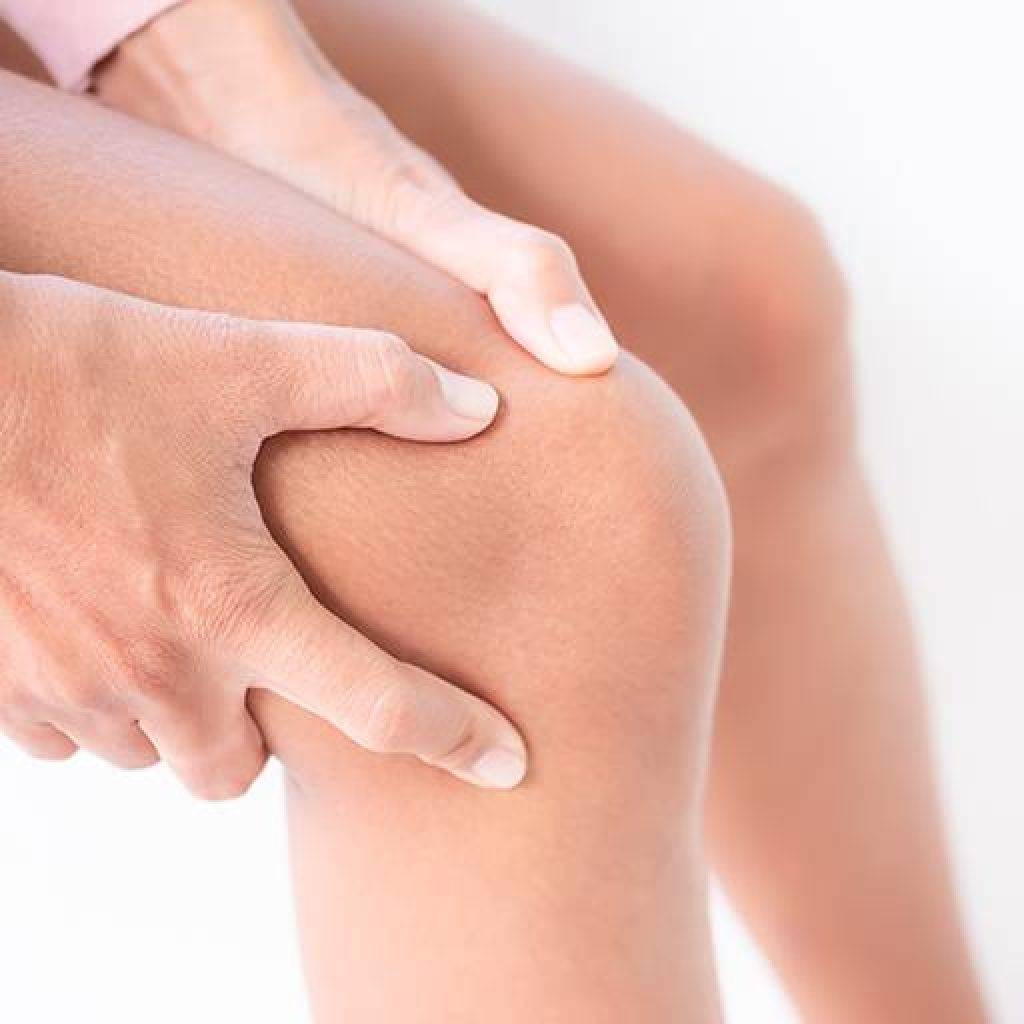From Knee Injuries To Back Pain: How PRP Is Helping Patients Get Back To Their Lives
Pain can be debilitating and can leave patients feeling unable to do the things they love. But, with Platelet-rich Plasma (PRP) therapy, these same individuals are being offered a lifeline back to their lives. PRP is an innovative and revolutionary treatment that has been providing relief to those suffering from knee injuries and back pain alike. It’s like a ray of hope in the darkness, offering those struggling with pain a chance at recovery.
Let’s take a closer look at how PRP works and how it’s helping people get back on their feet again.
Overview of PRP Treatment
PRP is an innovative treatment that’s revolutionizing how people recover from various musculoskeletal issues. It is a cost-effective, non-surgical procedure that has quickly become one of the most popular treatments for knee injuries, back pain, and other chronic joint problems. PRP stands for Platelet Rich Plasma, and it involves drawing blood from the patient and separating the platelets in a centrifuge machine. The concentrated platelets are then injected into the affected area to promote healing and reduce inflammation.
The recovery time following PRP treatment is significantly shorter than many other treatments available today, making it an attractive option for those who want to get back to their daily activities without long periods of rest or rehabilitation. Additionally, PRP has been proven to be effective in treating certain muscle tears, cartilage damage, ligament sprains, and tendonitis with minimal risk of complications.
The benefits of PRP therapy have made it increasingly popular among athletes as well as non-athletes who are looking for relief from their musculoskeletal issues without undergoing surgery or relying on medication alone. As a result, this cutting-edge therapy has become a go-to solution for those seeking relief from knee injuries to back pain so they can get back to their lives as quickly as possible.
With its cost-effectiveness, short recovery time, and overall efficacy, PRP is helping more patients than ever before find relief from their conditions.
How Does PRP Work?
You may have heard of Platelet Rich Plasma (PRP) therapy and wondered how does it work? PRP works by first separating platelets from a patient’s own blood. These platelets are then injected into the area of injury to help reduce inflammation, minimize scar tissue formation, and promote healing.
Separating Platelets

Separating platelets can be a complex process, but it’s an important step for your body to start healing. During the separation process, the components of your blood are separated into different parts – red and white cells, plasma, and platelets. Platelet-rich plasma (PRP) is created when a high concentration of platelets is isolated from the other components in your blood. This helps to promote cellular repair as these concentrated platelets contain growth factors that stimulate healing in tendons, ligaments, muscles, and joints. PRP injections are also safe since they use your own blood to create the solution used for injection into the area of injury.
The next step after separating the platelets is injecting them into the area of injury so that they can initiate their healing properties within your body. The concentrated growth factors found in PRP help to reduce inflammation and promote tissue regeneration which can help relieve pain associated with chronic injuries such as knee or back pain. Additionally, this type of treatment is minimally invasive and has been proven to be an effective alternative or complement to traditional treatments such as surgery or physical therapy.
Injecting Platelets Into the Area of Injury
After separating the platelets, injecting them into the injured area can help to kickstart the healing process, with studies showing that PRP injections may be a viable alternative or supplement to more traditional treatments. Platelet concentration is an important factor in successful treatment as it determines how quickly and effectively healing will occur. Specialized equipment is used to raise the concentration of platelets so that they can be injected directly into the affected area. This concentrated form of platelets contains growth factors and proteins that are essential for tissue repair, allowing for faster recovery times than many other types of treatments.

The injection procedure is typically completed within minutes and generally involves minimal discomfort. The patient’s own blood is injected using ultrasound guidance which allows its precise placement within the injured area where it can begin stimulating tissue regeneration and helping to reduce pain or inflammation. This method has been proven safe and effective in helping patients recover from a variety of ailments, such as knee injuries, back pain, tendonitis, cartilage tears, and ligament sprains.
Benefits of PRP Treatment

By receiving PRP treatment, you can experience the amazing benefits it has to offer and get back to doing what you love. It is a non-surgical, minimally invasive procedure that utilizes growth factors found in your own blood to promote healing and tissue regeneration. This alternative therapy offers numerous advantages, including pain relief, improved mobility, and accelerated recovery time. PRP is an effective way to manage chronic pain associated with knee injuries or back pain without needing long-term use of medications or surgery.
In addition to providing relief from discomfort, PRP treatments can also help improve joint function and reduce inflammation. The platelets found in your own plasma are rich in cytokines which help stimulate new collagen production for improved strength and stability of the affected area. The regenerative effects of this treatment can make it a great option for athletes looking for an alternative form of therapy for their injuries as well as those who have tried other types of therapies without success.
PRP injections are safe and typically cause little-to-no side effects when administered properly by a trained medical professional. The potential benefits combined with its relatively low risk make it an attractive option for many patients who are looking for effective ways to manage their injuries and restore their quality of life. With continued advances in regenerative medicine, more people may soon be able to benefit from this cutting-edge technology in the future.
Potential Side Effects of PRP

Having explored the benefits of PRP treatment, it is also essential to consider the potential side effects of this form of therapy. Though generally a safe procedure, there are some risks associated with platelet-rich plasma injections that should be taken into account before beginning treatment. Pain management and wound healing are two key components to understanding these potential side effects.
The most common side effect of PRP injection is pain in the affected area during and after the procedure. To minimize this risk, a local anesthetic can be used in conjunction with the injection. In addition, some patients may experience bruising or swelling at the site of injection, which usually subsides within a few days. It is important to note that since PRP treatments involve transferring blood from one part of your body to another, it carries all the same risks as any other kind of medical procedure involving blood products, including infection and allergic reactions such as hives or difficulty breathing.
Finally, it is important for patients considering a platelet-rich plasma treatment to speak with their doctor about any underlying conditions they have prior to undergoing care. Such conditions could include bleeding disorders or chronic health problems like diabetes that could increase their risk for adverse reactions during or after the procedure. Knowing what to expect beforehand can help ensure that patients get the best possible outcome from their PRP treatment while minimizing any potential risks associated with this form of therapy. With proper preparation and clinical guidance, many individuals can successfully manage their pain and achieve excellent wound-healing results through the careful use of platelet-rich plasma treatments.
How PRP is Helping Patients Get Back to Their Lives

You may have heard about PRP treatments as a way to help heal injuries and manage pain, but it’s also helping countless individuals recover their quality of life – like the soccer player who was able to return to the field after undergoing PRP treatment for a nagging injury, like a phoenix rising from the ashes.
Platelet-rich plasma (PRP) therapy is an innovative procedure that uses stem cell therapy and other lifestyle changes to reduce inflammation and speed up healing in patients with knee or back injuries. It helps eliminate pain and restore mobility so people can get back on their feet quickly.
PRP works by injecting a concentrated mixture of platelets into the injured area, which triggers an inflammatory response that promotes healing and recovery. The procedure is minimally invasive, often done in one session at your doctor’s office, making it an attractive option for many patients. It has been found to be effective in treating chronic joint pain caused by degenerative arthritis or age-related wear-and-tear on joints. In addition, studies show that PRP injections can help reduce symptoms associated with plantar fasciitis, tennis elbow, and rotator cuff tendonitis.
The results of PRP treatments are often immediate and long-lasting; over time, patients experience improved function without needing additional treatments or medications. This means they can go back to living their lives without having to worry about long recovery times or constant trips to the doctor’s office. The effects are especially beneficial for athletes who rely on quick recovery time in order to stay competitive in their sport—like our soccer player friend who rose from those ashes!
Frequently Asked Questions
The cost of pre-treatment for PRP (Platelet-Rich Plasma) can vary greatly depending on many factors, including the type of injury, the area being treated, and other services that may be required. It’s important to discuss your particular situation with a qualified medical professional to determine accurate costs. On average, recovery times from treatments using PRP range from one to four weeks, depending on how severe the injury is and what type of treatment was used.
Are you dealing with acute pain? You may have heard of a procedure called PRP treatment, but you’re probably wondering how long it takes. The good news is that usually the entire process doesn’t take longer than an hour or two, and there are very few side effects. Depending on the severity of your condition, the number of treatments needed may vary; however, the typical timeline for completion is between three to four weeks. While results can vary from patient to patient, many individuals report feeling relief after just one session.
You may be wondering if PRP treatment is covered by insurance. The answer to this question depends on your specific health plan and the type of procedure that you need. Generally speaking, most health plans will cover some or all of the cost of PRP treatment, depending on what is being treated. Be sure to check with your provider for specifics regarding cost comparison and recovery time before undergoing any procedures.
You’re dealing with knee injuries and back pain, but you’re looking for alternatives to PRP treatment. Don’t worry – there are alternative therapies that can help you get back on your feet. Exercise therapy is a great option to cut down on pain and improve mobility, while further alternative treatments like acupuncture, chiropractic care, massage therapy, and physical therapy may also provide some relief. Each of these therapies has its own benefits; investigate them all to find out which one could be best for you!
If you’re considering PRP treatment for your knee injuries or back pain, it’s important to know the potential long-term effects. While the immediate relief from pain can be significant, there are some things to consider. Generally speaking, patients who have undergone PRP treatments will need physical therapy and other forms of continued pain relief maintenance in order to ensure lasting results. The exact length of time for this varies depending on the individual case, but with proper follow-up care, you can expect long-term relief from your knee injuries or back pain.
The Bottom Line: PRP - A Phoenix Rising in Pain Treatment
You have seen how PRP treatment can help patients get back to their lives. It’s a safe and effective way to relieve pain from knee injuries or back pain, with potential side effects that are very minimal. Plus, it’s non-invasive and requires no downtime for recovery. With its proven success rate, PRP is quickly becoming the go-to solution for those looking to reduce pain and increase mobility. So why wait any longer? Take charge of your health and see how PRP can make all the difference in helping you get back to living life on your own terms againhas become so popular. From athletes seeking enhanced performance to those looking for help with their aging skin, PRP therapy gives people a chance to look and feel their best.
Start Today!
Like a phoenix rising from the ashes!


